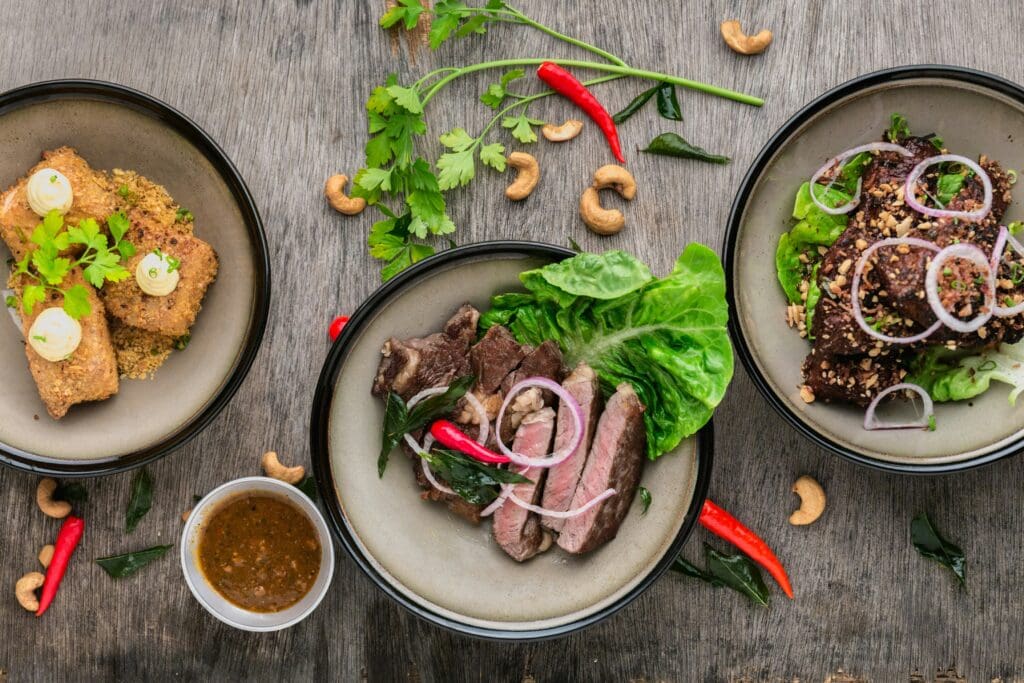How a Hidden World Inside Us Has Emerged as the New Cornerstone of Wellbeing
Twenty years ago, the phrase “gut biome” might have sounded like something from a sci-fi film. Scientists examined the digestive tract and identified several named bacteria. Today, the gut microbiome has become the star of medical research, a busy city of trillions of microorganisms, including bacteria, viruses, yeast, and fungi, creating a living, breathing ecosystem that is more complex and dynamic than most cities on Earth.
The new era of gut research is not a mere trend. It’s a revolution that is fundamentally reshaping how we understand health, disease, mood, and even our sense of self.
This lively ecosystem doesn’t merely reside within us; it co-evolves, influences us, and, as current research shows, generates a vast variety of molecules and metabolites that circulate through the body, affecting organs such as the brain, liver, skin, and immune system.
The Microbial Metropolis: Ecosystems Within
Imagine the gut as a rainforest, teeming with life forms that compete, collaborate, and communicate. There are bacteria that ferment fibres, yeast that battle pathogens, and viruses that uphold balance. Together, they form a community that’s not just alive but intelligent, producing an orchestra of molecules including short-chain fatty acids (SCFAs) like butyrate, acetate, and propionate, that travel as chemical messengers throughout the body.
These metabolites do the heavy lifting, influencing everything from inflammation to metabolism, helping to regulate the immune system, and even crossing the blood-brain barrier to affect how we think and feel.
The Gut-Brain Connection: Nerves, Neurotransmitters, and Mood
One of the most remarkable discoveries in recent years is the “gut-brain axis”, a two-way communication motorway linking the digestive system and the brain. The vagus nerve, the longest cranial nerve, winds its way from the gut to the brainstem, relaying a continuous flow of signals. It’s no surprise that the gut is sometimes referred to as our “second brain.” In fact, most of the serotonin (the “feel-good” neurotransmitter) and a substantial part of dopamine (related to motivation and reward) are produced, regulated, or affected by gut microbes.
That feeling of butterflies in certain situations? The sudden loss of appetite in times of stress? These are reminders that the gut isn’t just a digestion site; it’s a crucial player in mood, anxiety, cognition, and even conditions like depression and neurodegenerative diseases.
Evolution’s Dance: A Relationship Millions of Years in the Making
From an evolutionary perspective, the gut biome isn’t a recent add-on; it’s an ancient alliance. As humans evolved, so too did our microbes. We adapted to each other, learning to rely on their ability to digest fibres, fight infections, and even educate our immune systems. In return, we provided them warmth, nutrients, and a safe haven within.
The Gut Biome’s Reach: Health, Disease, and Everything in Between
The influence of the gut biome stretches across the entire health spectrum:
- Disease States: Imbalanced gut flora (dysbiosis) is linked with inflammatory bowel disease (IBD), obesity, diabetes, allergies, autoimmune diseases, and even some cancers. The microbiome’s fingerprints are found in diseases once thought unrelated to digestion.
- Mood, Energy, and Cognition: Changes in microbial populations can affect mental health, energy levels, and cognition. Research into the “psychobiome” looks at how probiotics may one day help treat anxiety or depression.
- Immunity: The gut is home to 70-80% of our immune cells. Microbes help “train” these cells, teaching them to distinguish friend from foe. A robust biome can reduce inflammation, allergies, and susceptibility to infections.
- Metabolism and Heart Health: Gut microbes play a role in breaking down cholesterol, balancing blood sugars, and supporting metabolic processes. They produce molecules that can lower cholesterol, support heart health, and maintain healthy blood pressure.
Nourishing the Biome: Fibre, Polyphenols, and the Colours of the Rainbow
If the gut biome is a lush garden, fibre and polyphenols are its essential nourishment , and variety is preferable. Fibre, long the overlooked nutrient, functions as the primary fuel for beneficial bacteria. Prebiotic fibres, found in whole grains, nuts, seeds, beans, and a variety of colourful fruits and vegetables, are transformed by microbes into health-enhancing short-chain fatty acids.
But there’s another secret: polyphenols. These naturally occurring compounds, responsible for the rich colours of berries, leafy greens, red cabbage, purple carrots, and even dark chocolate, are powerful allies for gut health. Polyphenols are not only potent antioxidants, but they also serve as food for gut microbes, enhancing the growth of beneficial bacteria and suppressing the harmful ones. Their anti-inflammatory effects ripple throughout the body, supporting the gut lining, heart, and immune system.
Eating the colours of the rainbow, red tomatoes, orange carrots, yellow peppers, green spinach, blue or purple blueberries, and inky blackberries, ensures you’re getting a broad spectrum of polyphenols and fibres. Each colour group contributes unique nutrients and microbial allies, making your gut garden as diverse and resilient as possible.
Don’t forget dark chocolate, the delicious “dark horse” in gut health, rich in both prebiotic fibre and polyphenols. It delights the palate and nourishes your inner ecosystem.
Microbial Diversity: The Secret Ingredient
The more diverse your diet, the more diverse your gut biome. And diversity is associated with resilience: a varied microbial population can resist infections, adapt to changes, and recover from disruptions (like antibiotics or illness) more easily.
So, how do you boost diversity? Focus on a wide range of plant foods, each different type of fibre and polyphenol feeds a different set of microbes. Whole grains, nuts, seeds, beans, berries, leafy greens, and a full palette of rainbow-hued vegetables and fruits each have their own unique microbiome supporters.
Listening to Your Inner Wisdom: Personalisation and Small Steps
We are all unique; no two gut biomes are exactly the same, influenced by genetics, environment, diet, and even the way we were born (cesarean or natural delivery). That’s why “listening to your gut” is more than just a saying.
Instead of making drastic overhauls, begin with small, sustainable changes. Add a handful of brightly coloured berries, a serving of beans, or a vibrant salad to your meals. Notice how your body reacts. Some might flourish on fermented foods like kimchi or kefir, while others may need to introduce fibre gradually to prevent discomfort as their biome adjusts.
The gut biome is no longer just a medical curiosity; it is the foundation of a new perspective on health, happiness, and human potential. As research continues to explore this complex world, one thing is certain: nurturing your inner ecosystem may be the most significant step you can take for lifelong well-being.
So, embrace your microbes. Feed them with a rainbow of plant foods, a bounty of fibre, a burst of polyphenols, and listen to your body’s wisdom. Within you, a vast universe is working every moment to keep you healthy, resilient, and alive.





